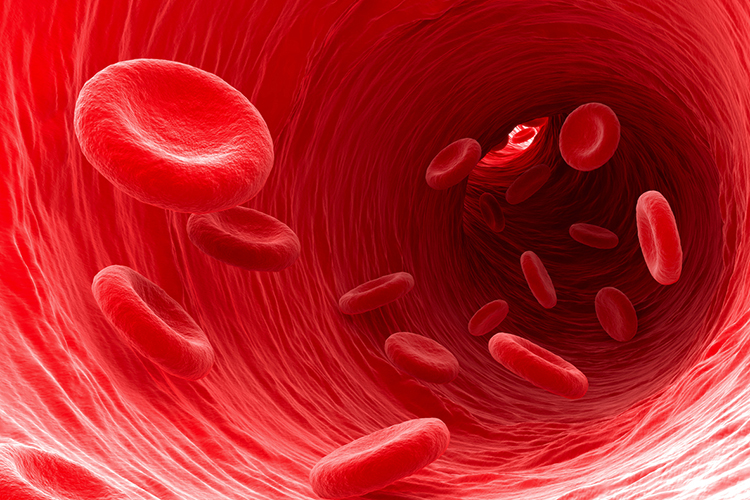In a sample of blood, researchers probe for cancer clues
UC Berkeley bioengineers have made an important step towards liquid biopsy technology

March 23, 2017
One day, patients may be able to monitor their body’s response to cancer therapy just by having their blood drawn. A new study, led by bioengineers at UC Berkeley, has taken an important step in that direction by measuring a panel of cancer proteins in rare, individual tumor cells that float in the blood.
Berkeley researchers isolated circulating tumor cells from the blood of breast cancer patients, then used microscale physics to design a precision test for protein biomarkers, which are indicators of cancer. After isolating each cell, the microfluidic device breaks the cells open and tests the cellular contents for eight cancer protein biomarkers. The researchers are expanding the number of proteins identifiable with this technology to eventually allow pathologists to classify cancer cells more precisely than is possible using existing biomarkers.
“Tremendous advances have been made in DNA and RNA profiling in cells collected using a liquid biopsy. We extend those advances to highly selective measurement of proteins – the ‘molecular machines’ of the cell,” said Amy Herr, a Berkeley bioengineering professor and leader of the study team. “We are working to create medicine that would allow a doctor to monitor a patient’s treatment response through a blood draw, perhaps on a daily basis.”
The study was published March 23 in the journal Nature Communications. The research was a collaboration with breast cancer surgeon Stefanie Jeffrey at Stanford University and with a University of California startup, Vortex Biosciences. Funding was provided by the National Cancer Institute of the National Institutes of Health.
The study focuses on circulating tumor cells, a potentially rich source of information about a person’s cancer. These cells are thought to break off from the original tumor and circulate in the blood, and may be a sign of an aggressive tumor. But studying these cells is difficult because the cells are rare, so few are collected even when enriched from the blood. The cells contain different proteins than the original tumor, so research is ongoing to unlock the secrets of these elusive cells.
To better study circulating tumor cells, the researchers collaborated with physician-scientists and industry engineers to develop a microfluidics system that separates these large cells into a concentrated sample. A key advance the team made was in devising a system to precisely handle and manipulate the concentrated cells from blood. The Berkeley researchers then analyzed each circulating tumor cell for the specific panel of cancer proteins.
To do so, they placed each rare cell in a microwell (with a diameter roughly half the width of a human hair). Once settled in the microwell, the circulating tumor cells were burst open and the proteins released from inside each cell were separated according to differences in size or mass. The scientists were then able to identify cancer proteins by introducing fluorescent probes that bind to and light up a specific protein target. By sorting and probing the protein targets, the test is more selective than existing pathology tools. Enhanced selectivity will be crucial in detecting subtle chemical modifications to biomarkers that can be important but difficult to measure, Herr said. The researchers plan to expand their approach to identify more proteins, and proteins with unique modifications, in circulating tumor cells.
“Microfluidic design was key in this study. We were able to integrate features needed for each measurement stage into one process,” Herr said. “Systems integration allowed us to do every single measurement step very, very quickly while the biomarkers are still concentrated. If not performed exceptionally fast, the cell’s proteins diffuse away and become undetectable.”
